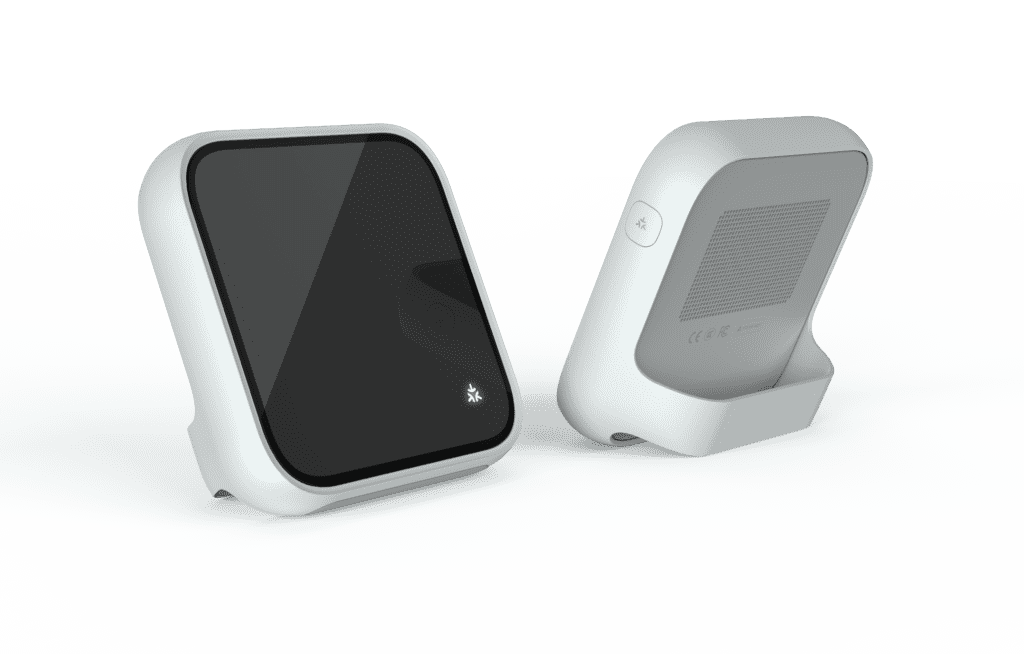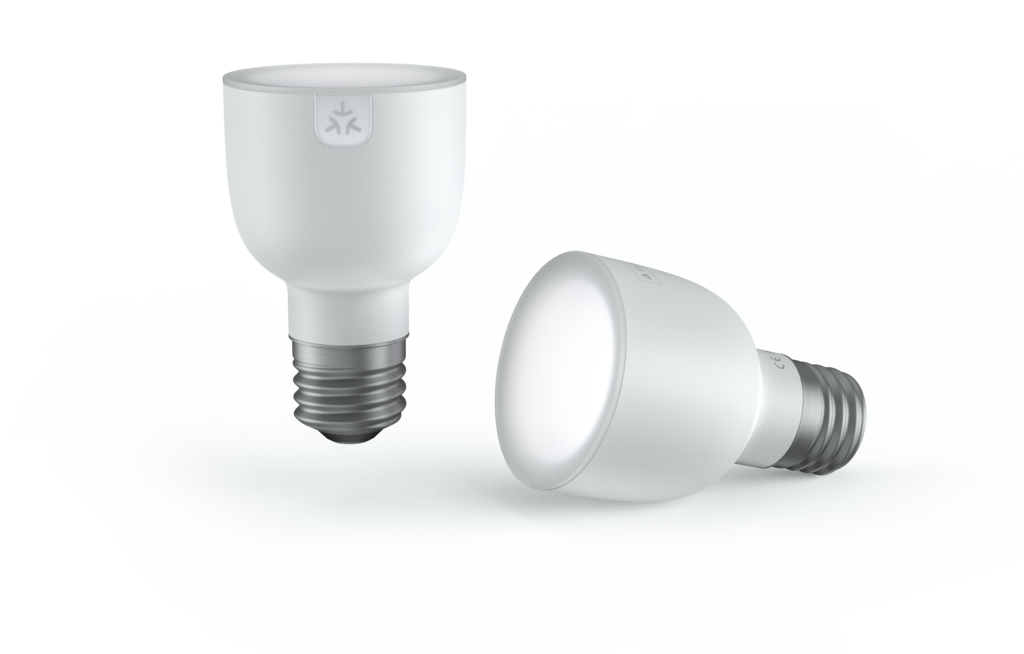The smart home technology landscape has been fragmented since its inception. There are countless device vendors, many marginal device companion apps, and several proprietary platforms that don’t play nicely together. The Matter standard was released in October 2022, with the goal of unifying smart home technology and making everything work better together.
Formerly known as Project CHIP (Connected Home over IP), Matter is an open smart home application protocol centered around interoperability. It will make device shopping easier, allow consumers to switch easily between platforms (like Apple HomeKit, Google Home, or Alexa Smart Home), and reduce the speed at which devices find their way to the landfill.
Much has been written about the implications of Matter for the consumer. I think it’s worth taking a deeper look at the implications of Matter for smart home OEMs:
Simplified development
Matter eliminates the need for OEMs to pursue compliance with multiple platform vendors or balance engineering costs against market coverage. For any device category that is described by the Matter specification, a vendor only needs to develop compatibility with Matter to achieve compatibility with platforms from Apple, Google, Amazon, and others. This means a significant reduction in the cost of software development compared to piecemeal integration with multiple proprietary platforms.
To further the interoperability goal, the Connectivity Standards Alliance (the publisher of the Matter specification) has recently announced the creation of its Interoperability Testing Facility (ITF) in Portland, Oregon. The facility will provide CSA member companies with testing services using an array of Matter-compatible devices.
Matter creates universal mechanisms for provisioning, control, and firmware update, which reduces or eliminates the need for hardware vendors to publish fully featured companion apps. This is great news. Creating good software is extremely hard, and hardware vendors often struggle in this area. Let’s leave it to the platform vendors with deep pockets and UX expertise. Let device vendors be good at making hardware.
Improved security
Security is a primary emphasis of Matter. The specification covers device secure commissioning, device attestation, and communications encryption. This relieves the device manufacturer from the burden of creating a complete security architecture from scratch. By adopting the Matter standard, OEMs reduce their risk of releasing devices with flawed security architectures and/or implementations. Effective and unobtrusive security is perhaps the most challenging part of IoT engineering. It’s hard to understate the impact of Matter in this area.

Device commoditization
Matter versions 1.0 and 1.1 cover only the most vanilla device types like lights, light switches, door locks, HVAC, sensors, and media players. However, future iterations are expected to include additional categories like cameras and household appliances. We anticipate that the constellation of devices described by Matter will continue to expand as time goes by.
Matter-adjacent platform players and device makers are at risk of disruption. Device-related software functionality will become standardized and the importance of vendor-published companion software will decrease. OEMs that currently see themselves operating beyond the domain of Matter are advised to monitor developments closely. Without software as a product differentiator, hardware characteristics alone will determine the success of a device in the market.

Conclusion
Matter has the potential to reduce the cost and complexity of developing smart home devices. Most significantly, it alleviates the difficulty and risk of creating proprietary security architectures. But OEMs should be aware of the long-term business implications. Over time, vendor-published software will have a decreased role in product differentiation for smart home devices.
